‘A greater focus on technology could hold the key to regular, real-time data collection and the development of early warning systems’
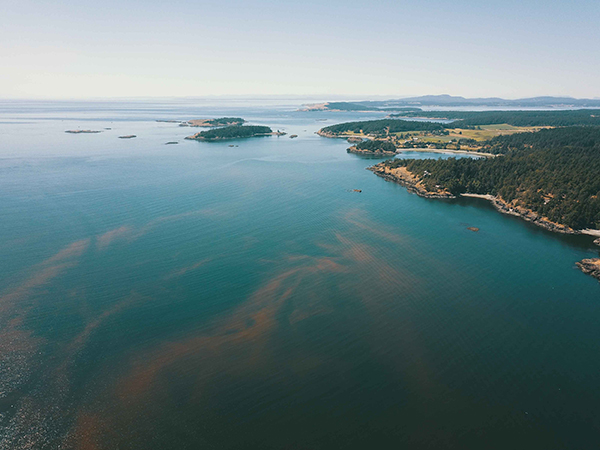
The Scottish aquaculture industry is embracing technology to support collaborative efforts to protect farmed salmon from the potential impacts of harmful algal blooms (HABs), as climate change continues to influence the number and frequency of phytoplankton events in Scottish waters.
“In dealing with HABs, early warning is key – having even a few hours’ notice, so that a robust mitigation programme can be put in place, can make a big difference to fish health,” said Sarah Riddle, director of innovation and engagement at SAIC. “There are still challenges to overcome in adopting new technology, including digital connectivity at remote sites and the ability to handle and analyze vast amounts of data, but there are significant opportunities for producers to use technology and innovative mitigation tools to protect fish.”
HABs occur when microscopic algae populations grow, amplified by environmental factors and weather conditions, to form blooms. They can be particularly problematic for gill health, and with global temperatures rising, are becoming a more prevalent challenge for Scottish seafood producers.
Compared to overseas waters in salmon-producing countries (such as Chile and Canada), HABs in Scotland are typically less frequent, but also more difficult to predict. The increased demand for monitoring and early warning systems reflects the sector’s ambition to mitigate the potential impacts of climate change, particularly any issues that could impact fish health.
According to the Sustainable Aquaculture Innovation Centre (SAIC), many producers are still using manual water quality sampling and microscopic analysis to detect whether HABs are present. But industry and experts agree that a greater focus on technology could hold the key to regular, real-time data collection and the development of early warning systems.
“HABs events are difficult to predict, but with regular monitoring, potential negative consequences can be managed and mitigated,” said Debra Brennan, fish health laboratory manager at Mowi. “One of the biggest priorities for farmers is caring for fish in the best ways possible, using all the tools and technologies available to them, such as monitoring procedures that make it quick and simple to identify risks.”
Marine technology developer OTAQ is one business in the aquaculture supply chain already looking at how the process of identifying and predicting HABs could be digitized. The company’s early warning system is expected to reach the commercial market later this year and uses a combination of artificial intelligence (AI), sensor technology and digital microscopy to help identify potential issues accurately and quickly.
“Our goal is to automate the process of identifying harmful phytoplankton, allowing fish farmers to take action to protect their fish as early as possible,” said Chris Hyde, chief technology officer at OTAQ. “Workers on site might have a range of different abilities when it comes to recognizing different species, but a combination of real-time, 24/7 data and digital image analysis will enable producers to prevent threats to welfare and reduce losses.”
Killers at sea: Harmful algal blooms and their impact on aquaculture
Hyde said that AI is a growing area of interest for marine operations, particularly in aquaculture, and this system will demonstrate the potential impact that advanced technology could have for the sector. In this case, it could help protect fish stocks and minimize the health risks associated with HABs.
SAIC has supported several collaborative initiatives looking at managing the impact of HABs, including the development work behind OTAQ’s live plankton analysis system through funding provided to the University of Aberdeen. This was Scotland’s first project funded by both SAIC and CENSIS (Scotland’s innovation centre for sensing, imaging and Internet of Things technologies).
Sensing technology and mitigation tools were core themes of the discussions at the Global HAB Workshop: Industry Perspectives hosted by SAIC earlier this month. It was part of a wider event organized by the University of Strathclyde, the University of Glasgow and the Scottish Association for Marine Science (SAMS), which allowed sector experts to share insights about the impact of HABs. Mitigation techniques were also discussed, such as amends to feeding regimes, clean water upwelling, oxygenation systems and bubble curtains.
“Collaboration and knowledge-sharing are crucial to helping the sector expand its economic impact while reducing its environmental footprint, and that will only become more important as the occurrence of HABs increases,” said Riddle.
Follow the Advocate on Twitter @GSA_Advocate
Now that you've reached the end of the article ...
… please consider supporting GSA’s mission to advance responsible seafood practices through education, advocacy and third-party assurances. The Advocate aims to document the evolution of responsible seafood practices and share the expansive knowledge of our vast network of contributors.
By becoming a Global Seafood Alliance member, you’re ensuring that all of the pre-competitive work we do through member benefits, resources and events can continue. Individual membership costs just $50 a year.
Not a GSA member? Join us.
Author
-
Responsible Seafood Advocate
[103,114,111,46,100,111,111,102,97,101,115,108,97,98,111,108,103,64,114,111,116,105,100,101]
Tagged With
Related Posts
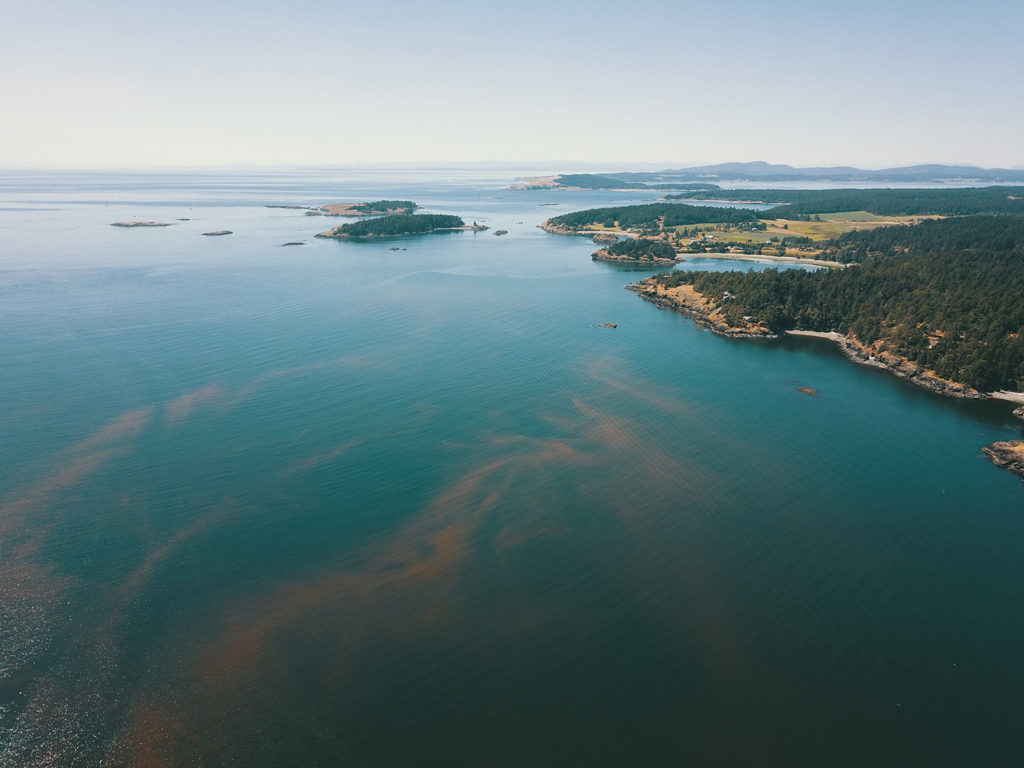
Responsibility
New technologies taking on harmful algal blooms
Emerging technologies could make it easier for fish farmers to detect and defeat harmful algal blooms, but expertise will yield best results.
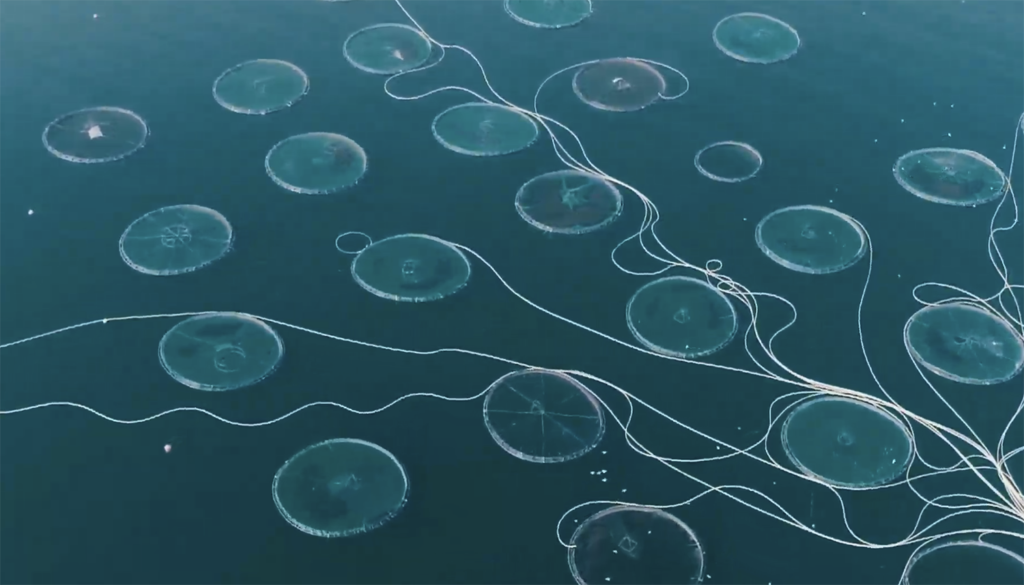
Innovation & Investment
Apps, AI and algae: Meet Hatch Blue’s fourth cohort
Hatch Blue’s fourth cohort performed their pitches online for the first time, showcasing a spectrum of aquaculture product and service businesses.
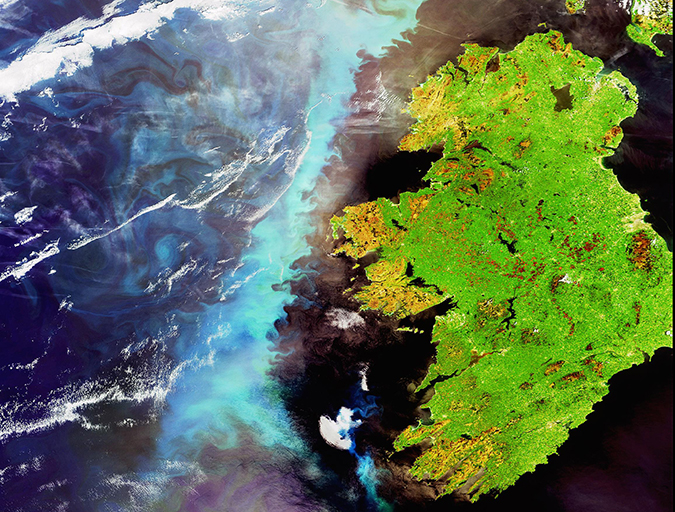
Innovation & Investment
Eye in the sky: Europe employs satellites to advance aquaculture
Copernicus – the European Space Agency’s €4.3 billion Earth Observation System – holds potential benefits for fisheries and aquaculture. The SAFI project is approaching the aquaculture sector about harnessing, and montetizing, this unique service from up above.
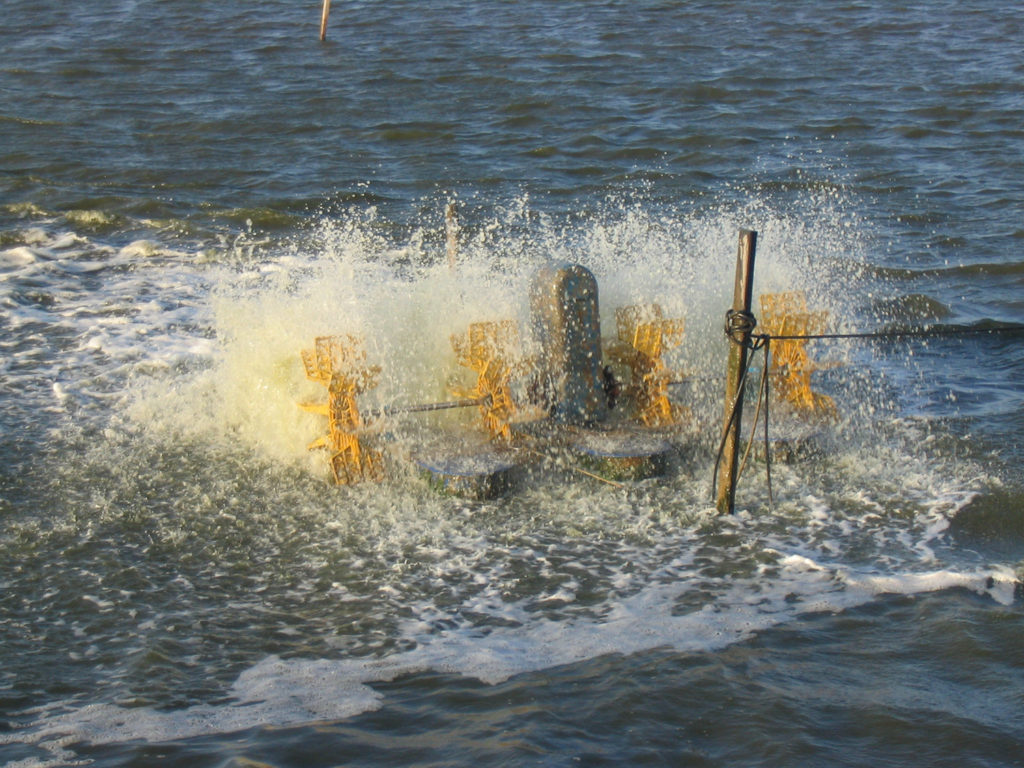
Health & Welfare
Phytoplankton and its impact on water quality
Phytoplankton has several important effects on water quality, including removing ammonia nitrogen from water and absorbing nutrients from the water for its growth. Abundance of blue-green algae tends to increase as nutrient inputs in aquafeeds or fertilizers increase.



